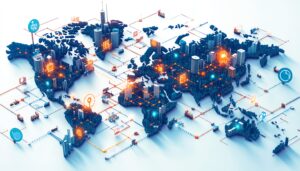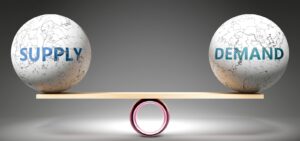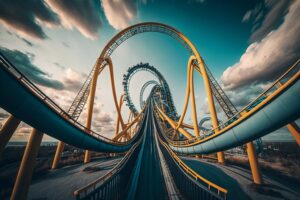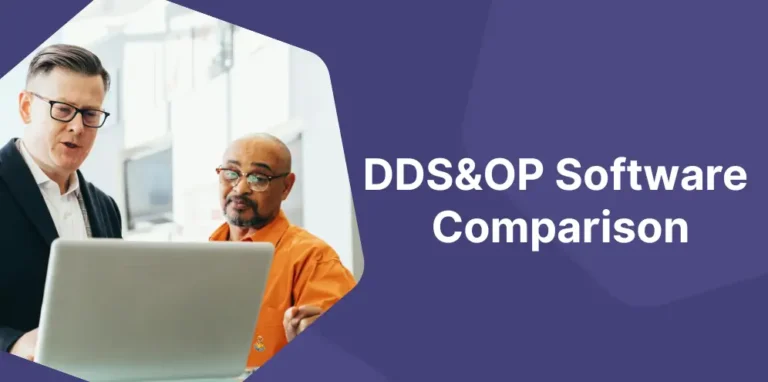Okay, 2020 was an exceptional year with the pandemic. The impacts on our personal and professional lives were extreme. 2021 remains very uncertain.
Measuring global economic uncertainty
If we take a step back and disregard Covid-19, however, we can see that the uncertainty facing our companies is constantly increasing. This is not a consultant’s speech, it is a fact, measured.
Yes, yes, there are measures of the evolution of global uncertainty, and in particular two that I recently discovered: the World Uncertainty Index and the Economic Policy Uncertainty Index. We live in a great period, where even doubt is measured via big data…
What do these measures, which are both consistent, tell us?
The World Uncertainty Index measures the recurrence of the term “uncertainty” and its synonyms in the reports of the Economist Intelligence Unit.
Measured over 20 years since 1990, it leads to the graph below. Do you see a trend?

The Economic Policy Uncertainty takes three factors into account. One quantifies newspaper coverage of economic policy uncertainty. A second factor reflects the number of provisions in the U.S. federal tax code that are set to expire in the coming years. The third component assesses disagreement among economic forecasters as a proxy of uncertainty.
Measured since 1997, this one tells a similar story:
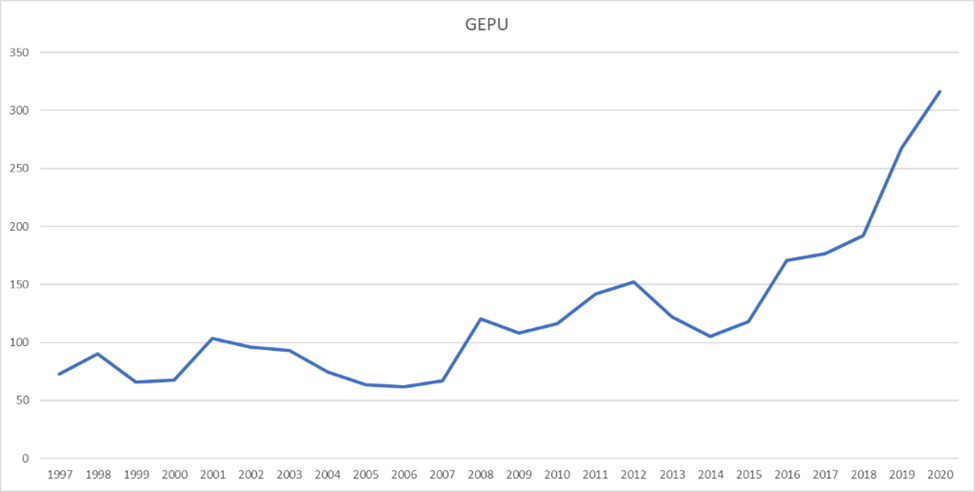
These measures may be debatable, but they corroborate what entrepreneurs, corporate management teams, and supply chain managers are experiencing: there is increasing uncertainty. The two measurements above are made at the global level and are therefore smoothed by the law of large numbers. When you go down to the level of a company, or worse, a product manufactured within a company, this uncertainty is much greater!
Uncertainty, the supply chain, and beyond
Uncertainty will stay around and will undoubtedly continue to grow. Because of the proliferation of products, digitization, global warming, the tectonic plate shocks of the major economic powers, and many future phenomena … of which we have no idea.
In this context, the most important characteristic for a company is its ability to constantly adapt to a changing environment. This adaptability is clearly the condition for the company’s sustainability.
This adaptation must take place at the strategic, tactical, and operational levels. In other words, whatever your role in the company, from the board of directors to the shop floor—and yes, supply chain—permanent adaptation to change must be natural.
The Demand Driven Institute has developed the Demand Driven Adaptive Enterprise model for this purpose.
DDMRP is just one operational brick in this model. Dynamic stock buffers that adapt to changing demand are a natural mode of adaptation, operating in a more continuous and agile manner than the traditional s&op/mps/mrp cycle.
More broadly, the DDOM operating model adds buffering and steering mechanisms that facilitate the continuous adaptation of a complete production environment, be it MTS, MTO, or ETO.
The DDS&OP links the adaptation of the operational mechanics and the strategy, ensuring the relevant reconfiguration over the next few weeks / months.
Adaptive S&OP is the evolution of S&OP in a more uncertain world—its focus is to enable the management team to embrace uncertainty and adapt the business to ensure success.
Building adaptability therefore goes far beyond the establishment of dynamic stock buffers and red-yellow-green piloting. It is a systemic approach, which implements a complete operational model (DDOM), an articulation between strategy and operations (DDS&OP), and strategic steering (Adaptive S&OP).
Our software solutions are designed to cover this entire area, to help companies at all levels adapt to uncertainty!

